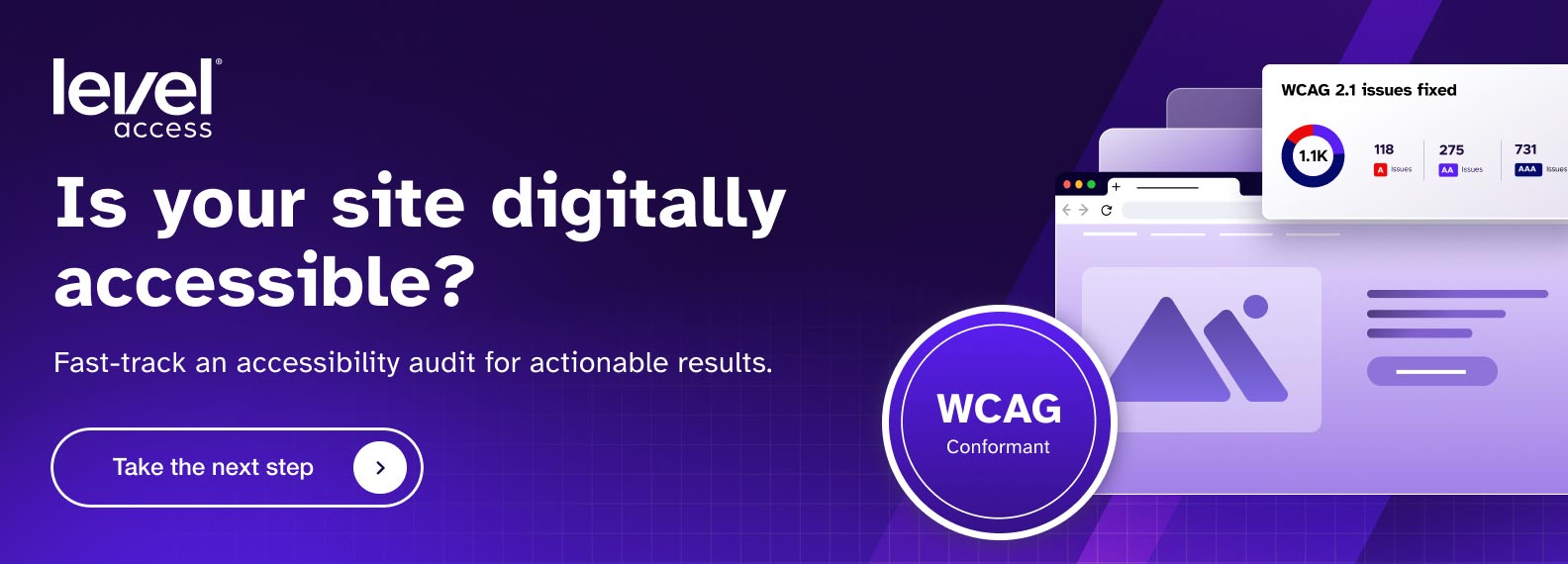Master the Art of Accessible Link Text

Hyperlinks are the lifeblood of the internet, guiding users through a vast sea of information. However, poorly written link text can turn a helpful navigation tool into a frustrating obstacle. Mastering the art of accessible link text ensures that everyone, regardless of ability, can easily find and use the information they need. This guide will walk you through the best practices for creating clear, meaningful, and accessible links.
Why Clear Link Text Matters
1. Enhances User Experience
Clear and descriptive link text makes it easier for all users to navigate your content. When links are well-written, users can quickly understand where the link will take them, reducing confusion and improving the overall user experience.
2. Improves Accessibility
Users with disabilities, particularly those who rely on assistive technologies like screen readers, benefit greatly from meaningful link text. Screen readers read out the link text, so it should be descriptive enough to convey the purpose of the link without the surrounding context.
3. Boosts SEO
Search engines favor clear and descriptive link text. Well-written links can improve your site’s visibility in search results, making it easier for users to find your content.

Who Benefits from Accessible Link Text?
1. Everyone
Clear links are easier to understand and navigate for all users, not just those with disabilities. They improve the overall readability and usability of your content.
2. Users with Intellectual or Learning Disabilities
Vague or complex language can be challenging for users with intellectual or learning disabilities. Clear and concise link text helps these users understand the purpose of the link more easily.
3. Keyboard Users
Users who navigate the web using the Tab key rely on clear link text to decide where to go. If the link text is vague, they may have to tab through multiple links to find the one they need.
4. Screen Reader Users
Screen readers read out the link text, so it should be descriptive and meaningful. Redundant or vague link text can make it difficult for screen reader users to understand the purpose of the link.
Best Practices for Accessible Link Writing
1. Avoid Verbs in Link Text
Instead of using verbs like “click here” or “read more,” write descriptive link text that clearly indicates the destination. For example, use “Explore Husky Athletics” instead of “Click here for Husky Athletics.”
2. Include Document Type and Size
If the link leads to a downloadable file, include the document type and size in the link text. For example, “Download IT Accessibility Checklist (PDF, 1.2 MB).” This helps users know what to expect and whether they have the necessary software to open the file.
3. Omit Words Like “Link to”
Screen readers announce that a piece of text is a link, so there’s no need to include words like “link to” in the link text. For example, use “Learn about Accessibility Toolkit” instead of “Link to the Accessibility Toolkit.”
4. Keep It Concise
While it’s important to be descriptive, keep your link text concise. Long, wordy links can be difficult to read and understand, especially for users with cognitive disabilities.
5. Avoid Duplicate Link Text
Use unique text for each link. Duplicate link text can confuse users and make it difficult for them to distinguish between different links on the page.
6. Avoid Using URLs as Link Text
Instead of using the full URL as the link text, use descriptive text that clearly indicates the destination. For example, use “Visit Husky Athletics Website” instead of “https://www.huskies.com.”
7. Use Consistent and Predictable Language
Consistency in your link text helps users anticipate where a link will lead. Use predictable language and follow a consistent format for all links on your site.
8. Test Your Links
Check your links regularly to ensure they work and lead to the correct destination. Broken links can frustrate users and harm the accessibility of your content.
Accessible Link Examples
Good Examples
- Explore Husky Athletics
- Download the IT Accessibility Checklist
- Learn about the Accessibility Toolkit
- Visit the Husky Athletics Website
Bad Examples
- Click here
- Download
- Link to
- Go
Common Mistakes to Avoid
1. Vague Link Text
Avoid using vague phrases like “click here,” “read more,” or “this.” These phrases do not provide enough context for users to understand the purpose of the link.
2. Overly Complex Language
Keep your link text straightforward. Avoid using jargon or complex language that might be difficult for some users to understand.
3. Redundant Information
Avoid including unnecessary words or phrases in your link text. For example, “link to” or “click here to” are redundant and can be omitted.
Enhance Your Links for Better Accessibility
By following these best practices, you can create links that are clear, meaningful, and accessible to all users. This not only enhances the user experience but also ensures that your content is inclusive and meets the standards of the Web Content Accessibility Guidelines (WCAG). Accessible link text is a crucial aspect of web accessibility, and by paying attention to the details, you can make a significant difference in the usability of your content.
Additional Tips
- Use Alt Text for Image Links: If your link is an image, provide alt text that describes the purpose of the link.
- Consider Context: While link text should be descriptive, it should also fit naturally within the context of the surrounding content.
- Regularly Update Your Links: As your content changes, make sure to update your links to ensure they remain accurate and relevant.
By implementing these strategies, you can create a more accessible and user-friendly website that benefits everyone.
Related Posts
WCAG 2.2: New Success Criteria, More Inclusive Content
While the draft isn’t final, implementing the newly drafted 2.2 AA success criteria can’t hurt you, but it does have tremendous upside. First, 2.2 conformance...
Text over images: The impact on accessibility
Trends exist in every work environment. When it comes to design, the latest trends are often used by designers when creating content or updating a...
Five Most Common Accessibility Errors in Software Design and Development
Digital products start as a great idea, and make their way through analysis, design, implementation, and testing. But all too often accessibility considerations are overlooked. What...
